#St. Mary's Tower
Text
Aziraphale using ‘pash’ instead of crush is UNUTTERABLY charming to me because the only context I’ve seen that used before is around all the sapphic subtext that happened in girls’ boarding school novels from like. the 40s
#good omens spoilers#not massively but just in case#good omens#aziraphale#maggie/nina#like okay i ploughed my way through mallory towers and st claires when i was like 12#and there are REASONS i preferred mallory towers and those reasons are such as bill & clarissa#and darryl & sally#i think it was sally#and mary lou and her gf although i dont think i can give the gf's name off the top of my head#daphne???? maybe????? that might have been someone else#OH AND IRENE AND BELINDA#ART GF AND MATHS GF#i think they were all mallory towers anyway#irene and belinda MAY have been st claires in which case st claires goes up a little bit in my ranking#although not enough to overtake mallory towers#nope nvm i just looked it up and they were also mallory characters#st claires doesnt even come close now i know MT also has the inimitable music/maths and art pairing#sorry this was a wholeass tangent#that word just unlocked some Memories for me
27 notes
·
View notes
Photo

St Mary’s Church in Rotherhithe
This church was built in 1716 when it replaced an earlier church built around 1282
84 notes
·
View notes
Text

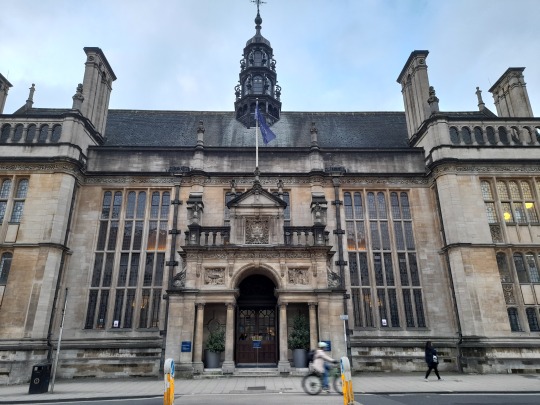
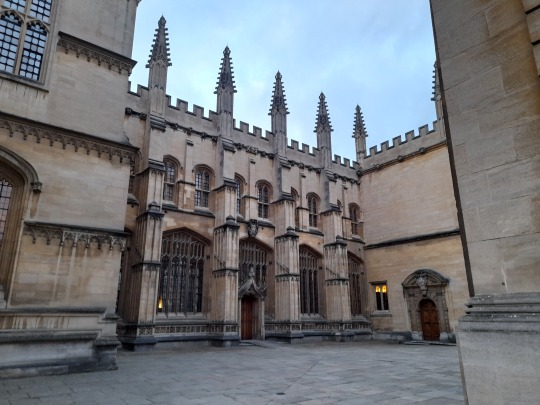

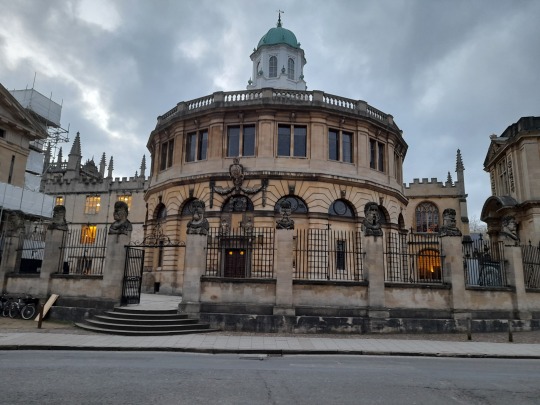




Colleges. (Oxford 2024)
#travel#oxford#england#no filter#university#college#academia#radcliffe camera#examination schools#exeter college#hertford college#hertford bridge#bridge of sighs#sheldonian theatre#bodleian library#university church of st. mary the virgin#st. mary's#magdalen college#christ church college#tom tower#christopher wren
2 notes
·
View notes
Photo




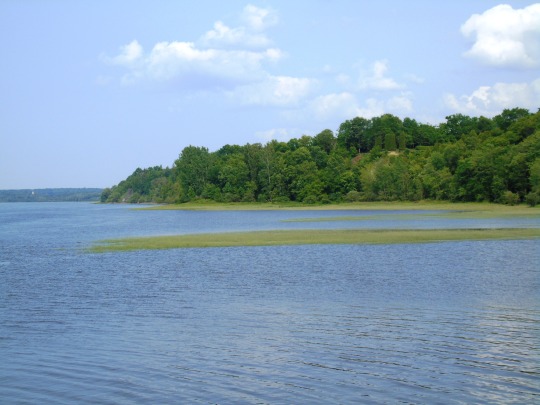
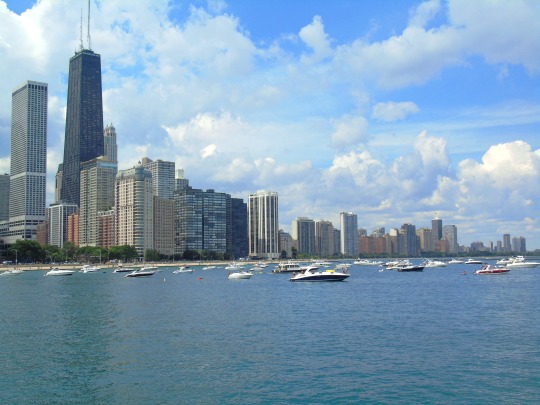




At Massena, New York, the groundbreaking ceremony for the Saint Lawrence Seaway was held on August 10, 1954.
#St. Lawrence River#Lake Michigan#Lake Ontario#Lake Superior#EdgeWalk#CN Tower#Trois-Rivières#Quebec City#Thousand Islands National Park#Québec#Ontario#The Sault Ste. Marie Canal National Historic Site#Soo Locks#Toronto#architecture#engineering#original photography#Canada#travel#vacation#cityscape#landscape#ship#groundbreaking ceremony#Saint Lawrence Seaway#10 August 1954#anniversary#Canadian history
3 notes
·
View notes
Photo

Day 1419, 12 May 2022
#St Mary le Bow#church#sir christopher wren#religion#history#tower#clock#time#st Mary#City of London#bow bells#cockney#oranges and lemons#nursery rhyme#London#England#UK
18 notes
·
View notes
Photo

The tower, Cattedrale di Maria Santissima Assunta e Sant'Oronzo,Lecce
5 notes
·
View notes
Text
Into the Tower of St. Mary's Evangelical Church Sibiu, Daring, Hypnotic, and Legendary
St. Mary's Evangelical Church of Sibiu, with its imposing presence shrouded in mystery, still beckons those who dare to explore its depths. But today we climb its tower to the top.
St. Mary’s Evangelical Church of Sibiu, with its imposing presence shrouded in mystery, steeped in centuries-old legends, still beckons those who dare to explore its depths. As twilight descends on the city once known as Hermannstadt to the four corners of the world, its ancient streets echo of St. Mary’s Evangelical Church mysterious whispers. Undoubtedly, the cloak of twilight still draws…
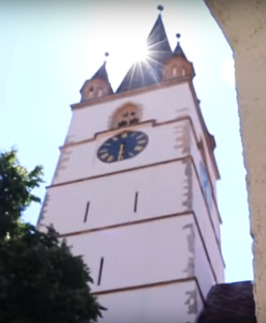
View On WordPress
#church tower and turrets#climbing the tower#medieval architecture#St. Mary&039;s Evangelical Church
0 notes
Text
St. Mary's Church in Sandholt

St. Mary's Church is a beautiful medieval church located on a hill overlooking the quaint village of Sandholt. Built in the Gothic style, the church is a magnificent structure with a commanding presence that can be seen from all around the village.
As one approaches the church, its bell tower is the first feature that draws the eye. Rising high into the sky, the tower is adorned with a variety of decorative features, including intricate stonework and delicate tracery.
The main entrance to the church is through a grand set of wooden doors, which are carved with a variety of religious motifs and scenes. Upon entering the church, visitors are immediately struck by the sheer size and grandeur of the interior. The high ceilings and soaring arches give the impression of an immense space that seems almost to stretch towards the heavens.
The church is decorated with a variety of beautiful stained-glass windows, many of which date back several centuries. These windows depict a variety of religious scenes and motifs, and they are a true testament to the skill and artistry of the medieval craftsmen who created them.
The church is still in use today, and it is a popular destination for both tourists and locals alike. Services are held regularly, and visitors are welcome to attend and experience the beauty and serenity of this ancient house of worship.
Overall, St. Mary's Church is a magnificent and awe-inspiring structure, a testament to the skill and artistry of the medieval craftsmen who built it. It is a true jewel of the village, a symbol of its deep religious roots and its enduring connection to the past.
#St. Mary's Church#Sandholt Village#Gothic architecture#stained-glass windows#religious motifs#history#artistry#craftsmanship#religious roots#serenity#worship#medieval craftsmen#bell tower#entrance#arches#Christian art#religious scenes
0 notes
Text
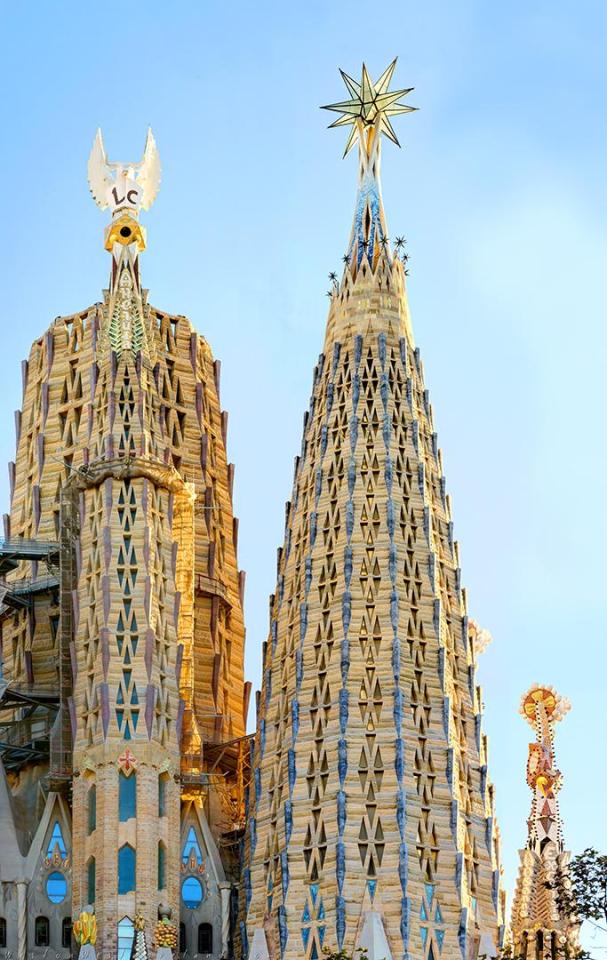
#Towers of the Virgin Mary and Luke the Evangelist#Sagrada Familia. Antoni Gaudi#Barcelona#1882-2026? The tower with the star (representing Mary) is currently the tallest one and will be the second once the one behind St Luke's wi#which will represent Jesus.
0 notes
Text

Józef Rapacki - Tower of St. Mary’s Church (1906)
697 notes
·
View notes
Text
#Clickasnap#calderdale#travel#yorkshire#St Mary's#Church#Tower#Clock#Sketch#Art#Painting#Modern Art#Luddenden
0 notes
Text
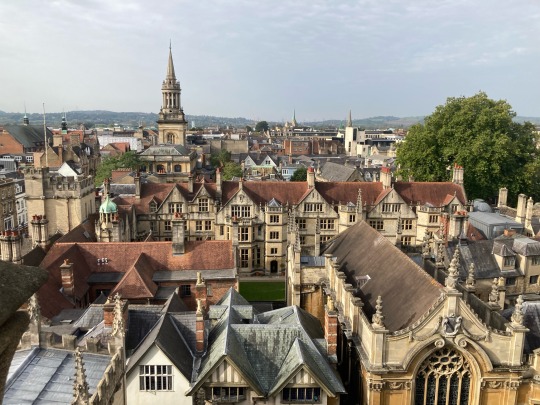
The view of Oxford from St Mary’s tower.
461 notes
·
View notes
Photo
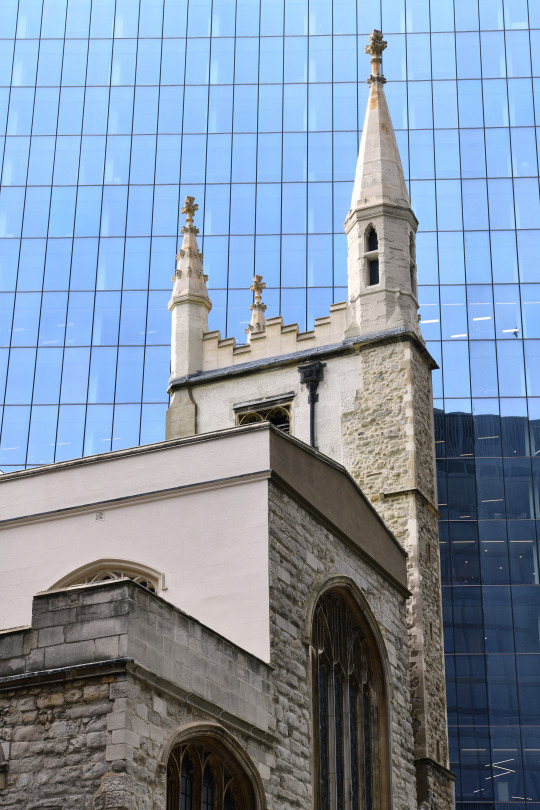
The ubiquitous City of London theme - historic churches dwarfed by towers of glass.
This time it is St Andrew Undershaft Church in St Mary Axe
#church#history#glass#tower#skyscaper#city of london#cityscape#city#St Andrew#St Mary#religion#offices#architecture#London#England#UK
84 notes
·
View notes
Text
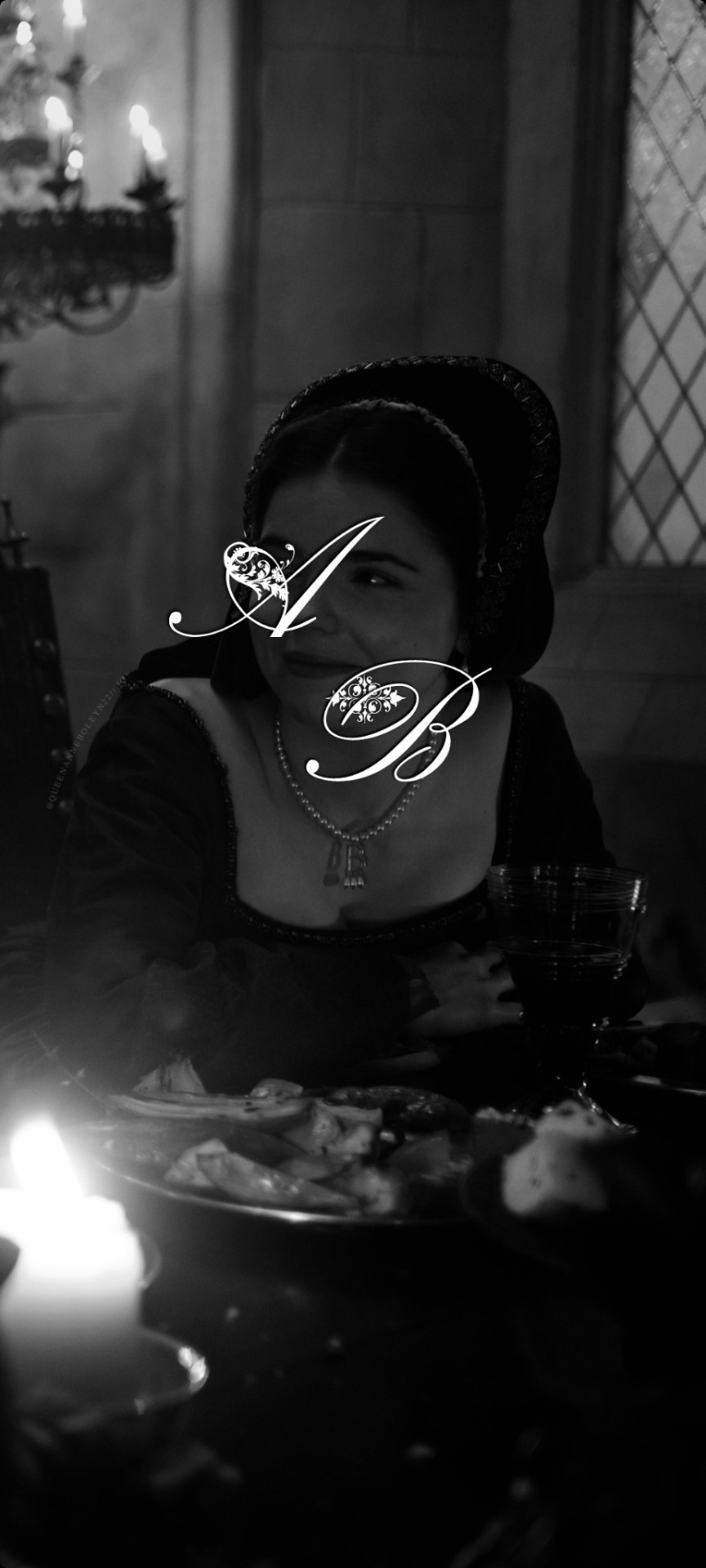
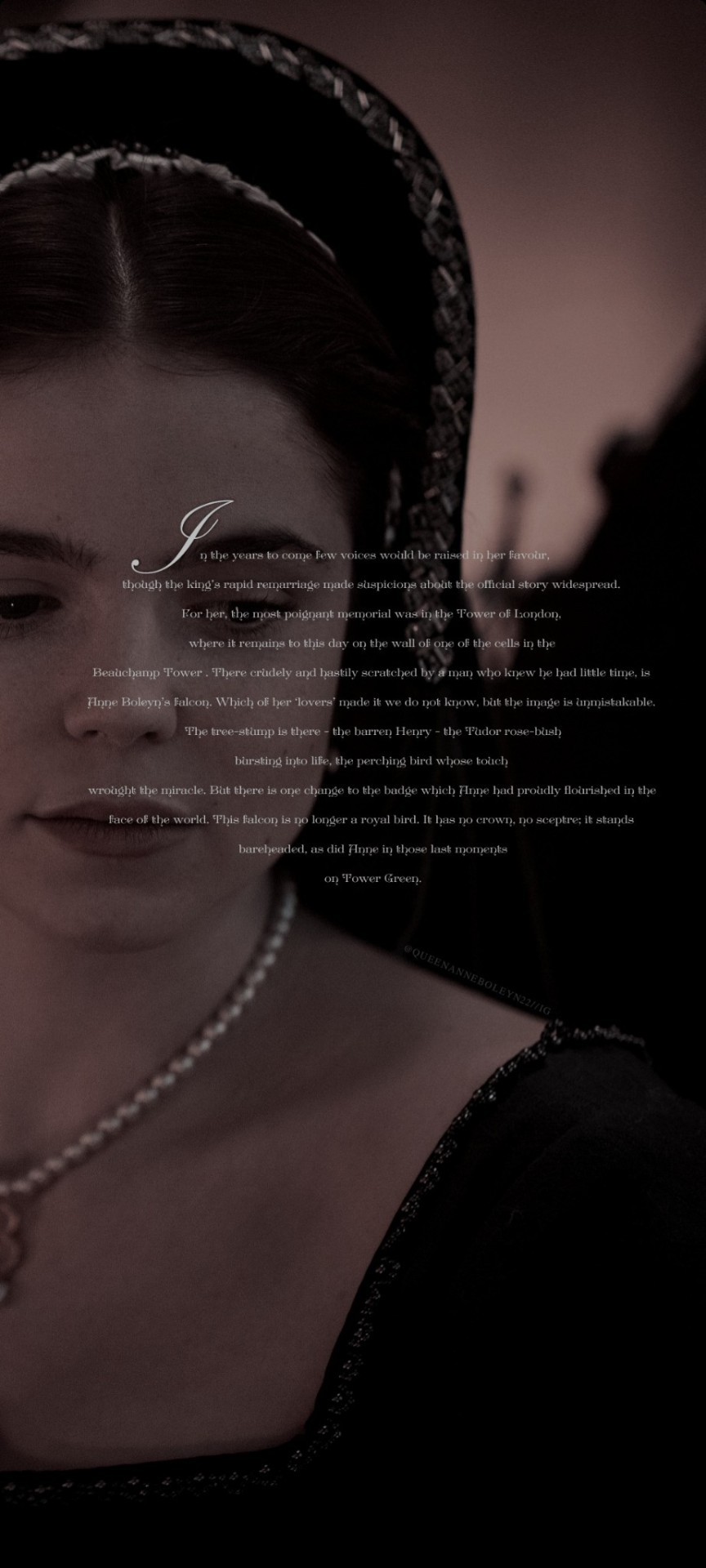
And all the while there was little said of Anne, and little left of her but her child, the young Elizabeth, who had been declared a bastard but who was nevertheless acknowledged as the king’s daughter. Despite her youth and her mother’s shame, she was a valuable card in the diplomatic marriage game and in 1544 she was restored to the succession. A ‘very pretty’, bright and intelligent girl, prematurely cautious. When her elder sister Mary came to the throne in 1553, the 20-year-old Elizabeth found she needed that caution as never before. On Palm Sunday 1554 Anne Boleyn’s daughter was brought by river to the Tower of London, just as her mother had been almost eighteen years earlier. Suspected of plotting rebellion, she spent the next two months in the Bell Tower, followed by almost a year under house arrest in Oxfordshire. In 1558, however, the miracle happened. On Monday, 28 November, to the cheers of the London crowd and the roar of the Tower artillery, Elizabeth came through the gates to take possession of the fortress as queen. The bastardized daughter of the disgraced Anne Boleyn, with her father’s complexion but her mother’s face, splendidly dressed in purple velvet: Elizabeth, by the grace of God, queen of England, France and Ireland, defender of the faith. Is it fanciful to feel that after twenty years, the mother in the nearby grave in the chapel of St Peter was at last vindicated?
#perioddramaedit#anne boleyn#history#edit#alice nokes#the spanish princess#tspedit#thespanishprincessedit#anneboleynedit#the tudors#tudorsedit#eric Ives#perioddramacentral#tudor period#period drama#period drama costumes#perioddramasource#queen anne boleyn#historical#historical figures#women in history#16th century#historyedit#henry viii#women's history#women of history#queen of england#tsp#perioddramasonly#periodd
152 notes
·
View notes
Photo





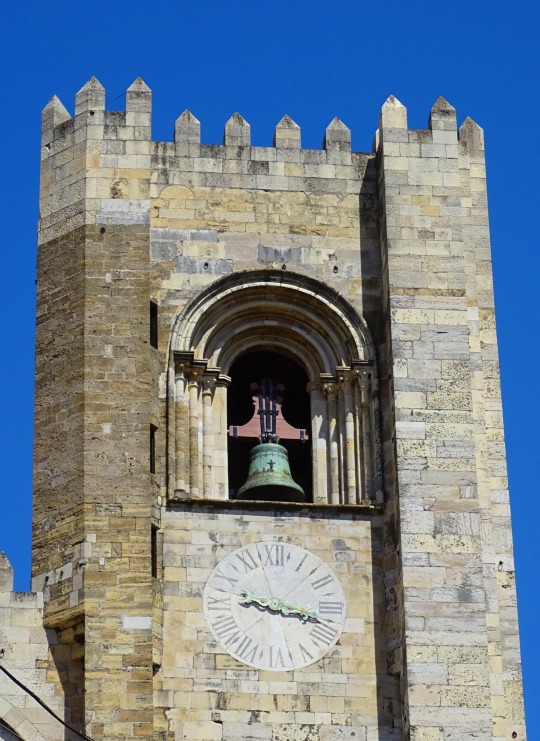

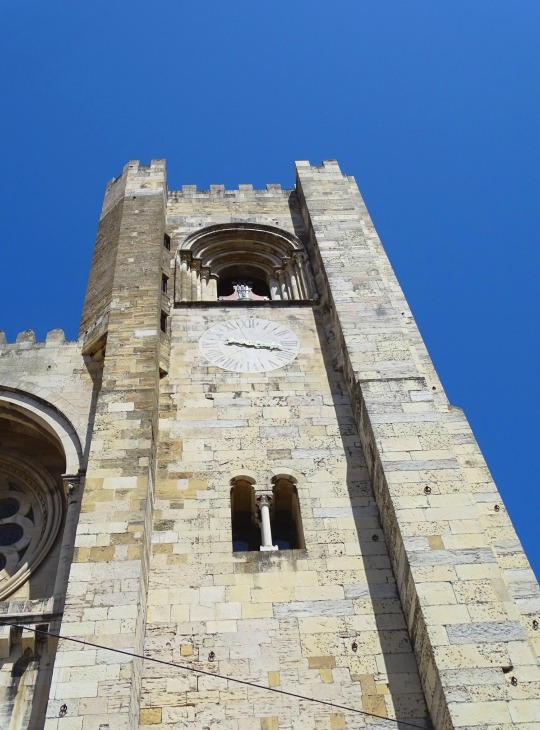


Lisbon Cathedral (No. 2)
Lisbon has been the seat of a bishopric since the 4th century. After the period of Visigothic domination the city was conquered by the Moors and stayed under Arab control from the 8th to the 12th century, although Christians were allowed to live in Lisbon and its surroundings. In the year 1147, the city was reconquered by an army composed of Portuguese soldiers led by King Afonso Henriques and North European crusaders taking part on the Second Crusade (see Siege of Lisbon). An English crusader named Gilbert of Hastings was placed as bishop, and a new cathedral was built on the site of the main mosque of Lisbon.
This first building was completed between 1147 and the first decades of the 13th century in Late Romanesque style. At that time the relics of St Vincent of Saragossa, patron saint of Lisbon, were brought to the cathedral from Southern Portugal. In the end of the 13th century King Dinis of Portugal built a Gothic cloister, and his successor Afonso IV of Portugal had the main chapel converted into a royal pantheon in Gothic style for him and his family. In 1498, Queen Eleanor of Viseu founded the Irmandade de Invocação a Nossa Senhora da Misericórdia de Lisboa (Brotherhood of Invocation to Our Lady of Mercy of Lisbon ) in one of the chapels of the cloister of the cathedral. This brotherhood evolved into the Santa Casa da Misericórdia de Lisboa, a Catholic charitable institution that later spread to other cities and had a very important role in Portugal and its colonies.
Source: Wikipedia
#clock#bell#tower#Lisbon Cathedral#Cathedral of Saint Mary Major#travel#Santa Maria Maior de Lisboa#Metropolitan Cathedral of St. Mary Major#vacation#Sé de Lisboa#architecture#street scene#cityscape#Lisboa#Lisbon#Portugal#original photography#summer 2021#Southern Europe#façade#exterior#Romanesque style#landmark#tourist attraction
6 notes
·
View notes
Text

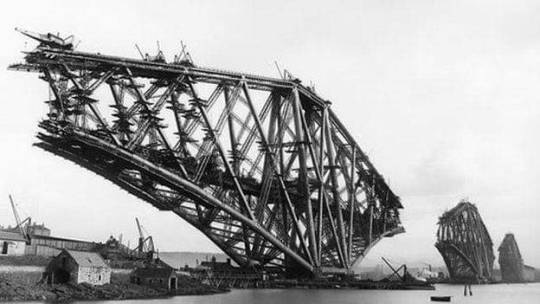
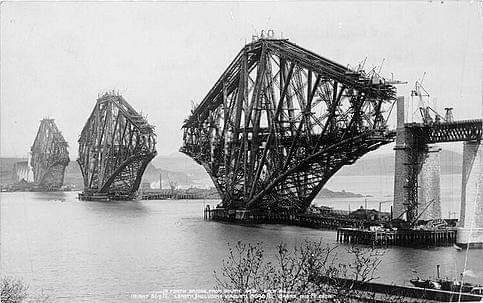


4th March 1890 saw the opening of the Forth Rail Bridge or to give it the correct title The Forth Bridge.
Before 1890 the only direct route between Queensferry and North Queensferry in the east of Scotland was the ferry across the Firth of Forth. The crossing was slow and often dangerous and the four ferries, Queen Margaret, Robert the Bruce, Mary Queen of Scots and Sir William Wallace, were sometimes prevented from sailing by the weather.
When the railways arrived a ferry further downstream, from Granton to Burntisland, was used to transport goods from Edinburgh to Fife. But a more efficient means of crossing was required and so Thomas Bouch designed a suspension bridge.
Work started on the first pier at Inchgarvie but it was abandoned after another structure by Bouch of a similar design, the Tay Bridge, collapsed in 1879. A new design by John Fowler and Benjamin Baker, incorporating three double cantilevers, was commissioned and work commenced in 1883.
Over the course of the next seven years almost 51,000 Tons of steel was used in the construction of the Forth Bridge (or Forth Rail Bridge as it is often known). On 4 March 1890 the bridge was officially opened by the Prince of Wales (later King Edward VII) who drove in the last of the 6,500,000 rivets. The total cost of the project was £3,200,000 and at least 57 lives.
Three 100m tall towers support the 2.5km structure and the two track railway is carried at a height of 48.2m above the Firth of Forth. With main spans of 521m, the Forth Bridge was, at the time of its construction, the world’s largest cantilever bridge. To this day it still ranks second.
Last year the bridge became the sixth Scottish landmark to be awarded Unesco World Heritage Site status.Scotland's other World Heritage Sites are New Lanark, St Kilda, the Old and New Towns in Edinburgh, Neolithic Orkney and the Antonine Wall.
The award puts it alongside the Pyramids of Egypt, the great Wall of China and the Sydney Opera House in terms of cultural significance.
40 notes
·
View notes